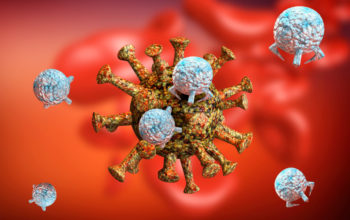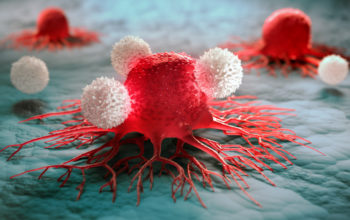
Date: 6th April 2020
The criteria for selecting animal models during drug and vaccine development is based on a combinatorial landscape of many traits. These in the main include which will yield the most scientifically accurate, interpretable and translatable results to cost and availability of the species. So which animal model may be the most useful in the fight against COVID-19?
It actually transpires that cats and ferrets may be good COVID-19 models, as scientists from the Harbin Veterinary Research Institute, China, have discovered SARS-CoV-2 replicates very efficiently in both animals.
SARS-CoV-2 is thought to have originated in bats and intermediate animal sources of the virus are debated with reports of pangolins or snakes being potential hosts. However, the ability of viruses to transmit to other animal species is an important factor as they can also become reservoirs of infection.
In this pre-print report, the team evaluated the susceptibility of different model laboratory animals, as well as companion and domestic animals, to SARS-CoV-2.
Ferrets are commonly used as an animal model for respiratory viruses that infect humans, so the team intranasally inoculated 6 ferrets with SARS-CoV-2 and then analysed where the virus could be detected 4 days later. The results indicated that the virus could replicate in the upper respiratory tract, but its replication in other organs was undetectable, including that of the lower respiratory system. Antibodies against SARS-CoV-2 were detected in all ferrets, and two developed symptoms such as raised temperature and loss of appetite.
Cats and dogs are in close contact with humans, and therefore the team wanted to understand their susceptibility to SARS-CoV-2. Whilst dogs showed low susceptibility to SARS-CoV-2, cats showed high susceptibility. Antibodies against SARS-CoV-2 were detected in all virally-inoculated cats, and also in a non-inoculated cat that was placed in an adjacent cage, suggesting that the virus could transmit between cats via respiratory droplets. Whilst viral RNA was detected in the upper respiratory system, once again none was detected in the lungs, however, lung lesions were seen in two of the cats.
Further test revealed that pigs, chickens, and ducks were not susceptible to SARS-CoV-2, and viral RNA was not detected in any species post-inoculation with all of them testing seronegative for SARS-CoV-2.
Conclusions:
The importance of identifying reservoirs of virus is important for disease control. Whilst there is no suggestion that we should be self-isolating our domestic pets, there has been two cases of dogs in Hong Kong and a cat in Belgium reportedly contracting SARS-CoV-2. However, the data on these cases is sketchy at best and both could have been explained by the animals licking infected areas around the house, or similar as all had owners infected by the virus.
The results here, however, demonstrate that cats especially may be vulnerable to COVID-19, and that they can potentially cross-transmit. As of yet there is no evidence that humans can contract coronavirus from cats.
However, reports over the last few days emerging from Bonx Zoo, US, have revealed that a Mayalan tiger tested positive for the virus, and six other big cats are exhibiting symptoms consistent with the illness. It is thought that they may have contracted the coronavirus from an infected—but unknown—asymptomatic zookeeper, as the zoo has been shut since the 16th March. It does highlight the potential unknown pathogenic potential of this virus.
One important piece of the puzzle to emerge from this study is that animals vary in their susceptible to infection. We already know that different cells types show similar variation, and this may be an important consideration in treatment or vaccine design.
Furthermore, this study implies that ferrets in particular may make good candidate animal model for evaluating antiviral drugs or vaccine candidates against COVID-19.
Chen, H. (2020). “Susceptibility of ferrets, cats, dogs, and different domestic animals to SARS-coronavirus-2.” bioRxiv: 2020.2003.2030.015347.
https://doi.org/10.1101/2020.03.30.015347


